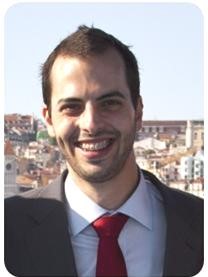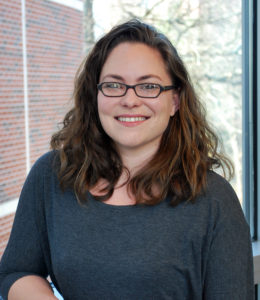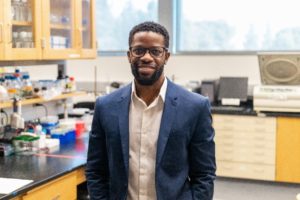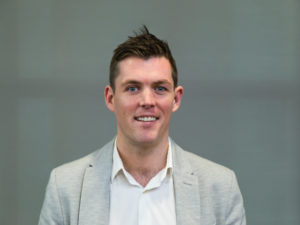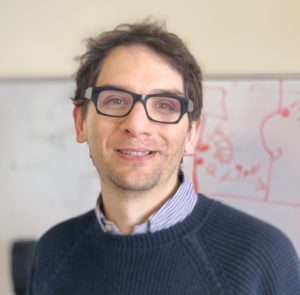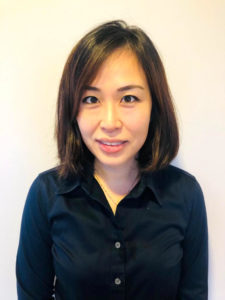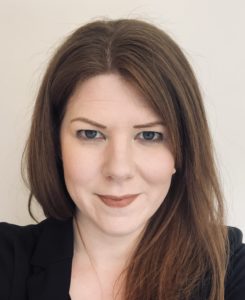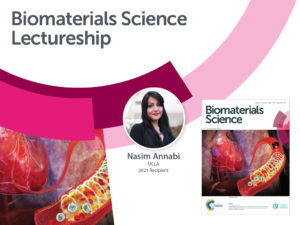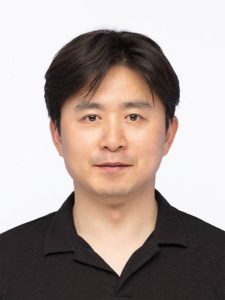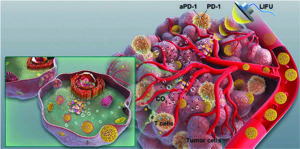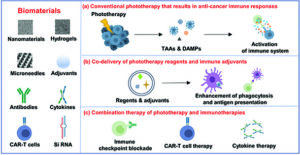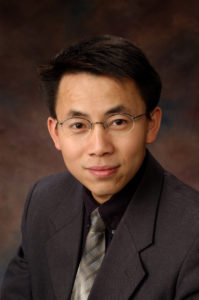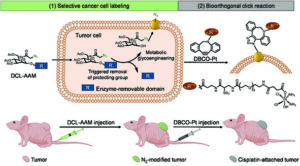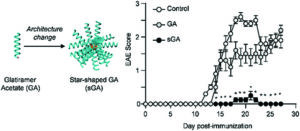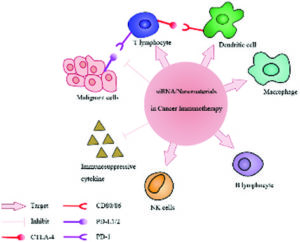João Conde is an Assistant Professor and Group Leader at NOVA Medical School of Universidade Nova de Lisboa, ToxOmics, CEDOC. He received his PhD in Biology, specialty in NanoBiotechnology from the NOVA University and Universidad de Zaragoza in 2014, under the FP7 European Consortium NanoScieE+ – NANOTRUCK for the development of multifunctional gold nanoparticles for gene silencing. After, he was a Marie Curie Fellow at the Massachusetts Institute of Technology, Harvard-MIT Division for Health Sciences and Technology and in School of Engineering and Materials Science, Queen Mary University of London. From 2017 to 2019 he was a Junior Investigator at Instituto de Medicina Molecular. In 2019, he won an ERC Starting Grant to build a genetic biobarcode to profile breast cancer heterogeneity. He is also co-founder of the biotech company TargTex, Targeted Therapeutics for Glioblastoma Multiforme. Since 2020, he is also part of the Global Burden of Disease (GBD) Consortium from the Institute for Health Metrics and Evaluation (IHME), University of Washington. The main aspects related to the recognition and diffusion of his early contributions are: nearly 80 articles in journals of Cancer Therapy, Oncology, Nanotechnology/Materials Science and Biomedicine (Nature Materials, Nature Nanotechnology, Nature Communications, PNAS, Accounts of Chemical Research, Progress in Materials Science, ACS Nano, Advanced Materials, JACS, Angewandte Chemie, Advanced Functional Materials, Trends in Cancer, Trends in Biotech., Biomaterials, etc.), more than 30 articles are as 1st author and more than 30 articles as corresponding author and cited nearly 4900 times (h-index 36). Several of them have been selected as cover page of journals such as Nature Nanotechnology (COVID-19 Special Issue), Adv. Functional Materials, Trends in Cancer, JACS, Angewandte Chemie, ACS Central Science, ACS Sensors, Biomaterials Science, ACS Applied Bio Mat, Adv. Healthcare Materials, Analytical & Bioanalytical Chemistry and BioTechniques. Moreover, 6 international patents were submitted and approved, all with relevant developments in nanomaterials-based platforms for cancer therapy and diagnosis. He was also awarded with several international awards, including the Nanomaterials 2020 Young Investigator Award, the 2021 Biomaterials Science Emerging Investigator, the Top 2% Most cited in Nanoscience/Nanotechnology from PLOS Biology, the Wellcome Image Awards 2017, the Nano-Micro Letters Researcher Award, and the National Cancer Institute Image award. He can be found on Twitter @CNanoLab.
Read João’s Emerging Investigator article “Revisiting gene delivery to the brain: silencing and editing” and check out all of the 2021 Biomaterials Science Emerging Investigator articles here.
Can you share one piece of career-related advice or wisdom with other early career scientists?
“You have no responsibility to live up to what other people think you ought to accomplish. I have no responsibility to be like they expect me to be. It’s their mistake, not my failing.” – Richard P. Feynman


